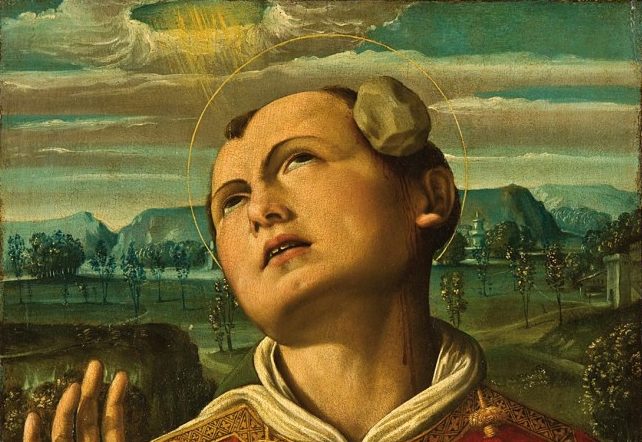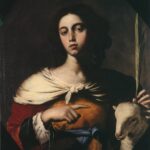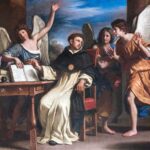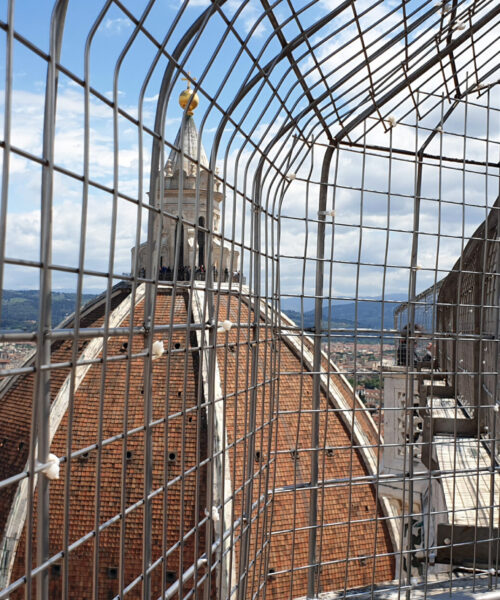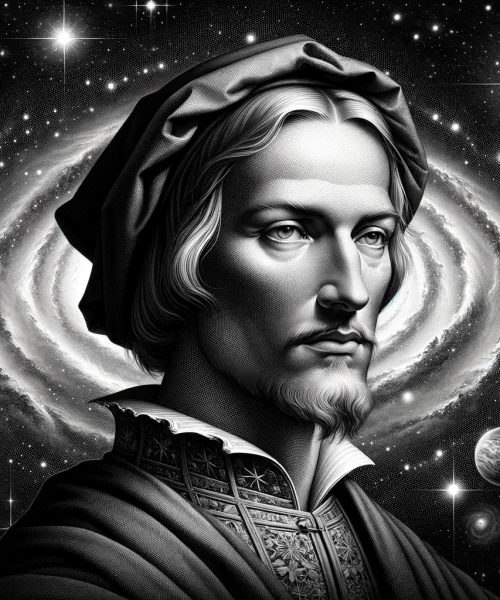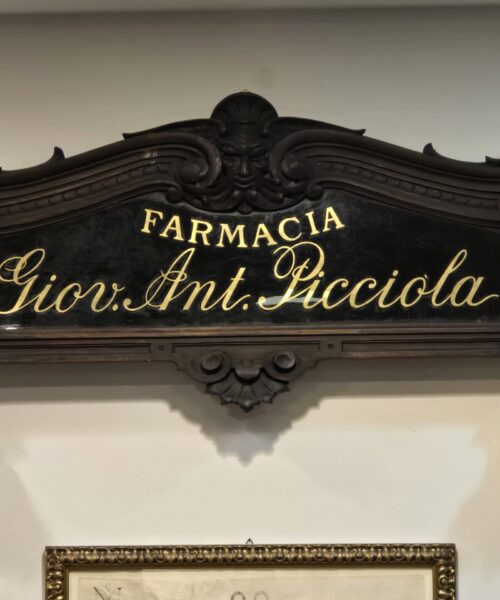On December 26, in an almost sacred stillness that follows the effervescence of Christmas, the Church turns its gaze to the figure of Saint Stephen the Martyr. This man, the first among the seven deacons appointed to assist the apostles in their sacred ministry, has a face that lives in paintings through icons and symbolism rather than accurate physical likeness. Essentially, he is a character more composed of the aura of his story than the anatomy of his face.
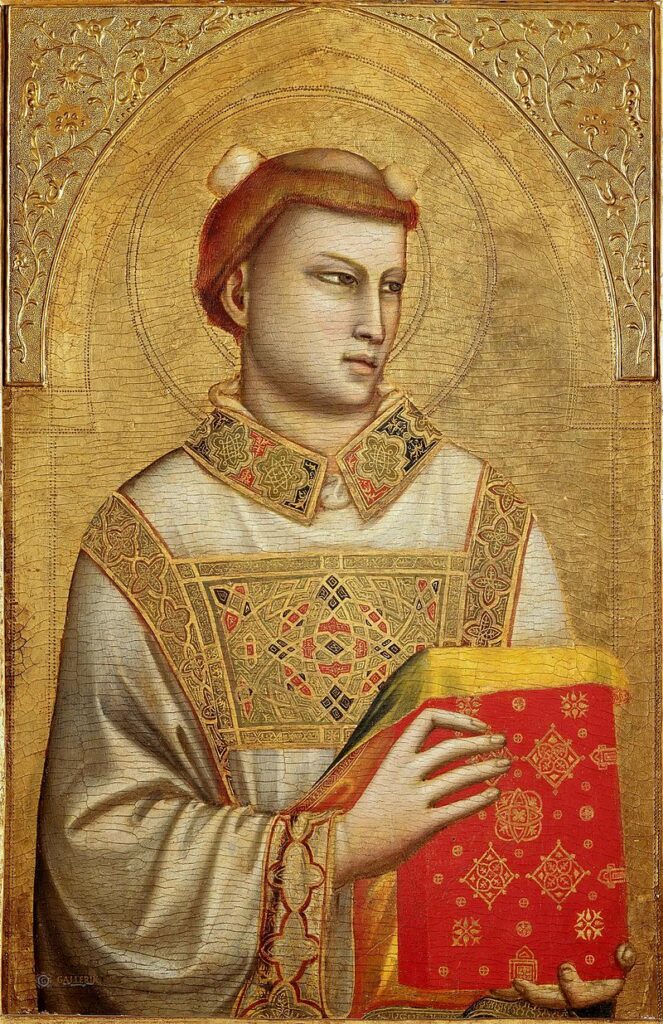
In Christian iconography, Saint Stephen is unmistakable. Often depicted with stones, these rocks are not mere details, but symbolize the method of his execution, the stoning event that sealed his faith with the mark of martyrdom. But it’s not just the stone that defines the saint; often beside him lies a book, a manuscript symbolizing his role as a deacon, a banner of the Gospel he carried in his life and then sealed with his death.
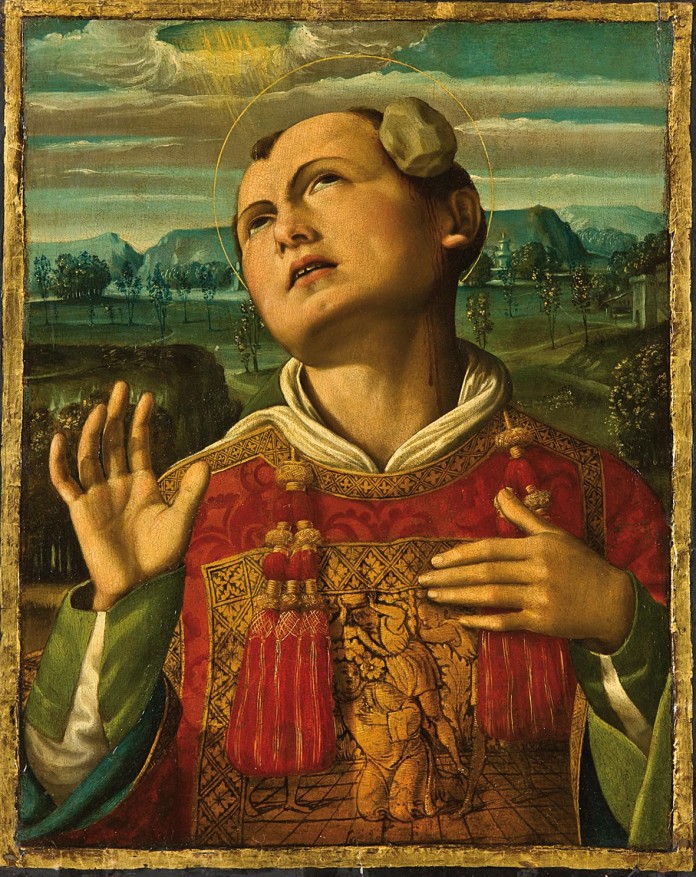
Dressed in the dalmatic, the traditional garment identifying his diaconal office, Stephen is a figure who wears both his divine calling and his tragic end. In some portrayals, the Christogram IHS is prominently displayed beside him, a reminder of his inextricable bond with the Redeemer. The palm he sometimes holds is not a superfluous detail, but the universal symbol of martyrdom, a kind of heraldic emblem connecting all those who have sacrificed their lives in the name of faith.
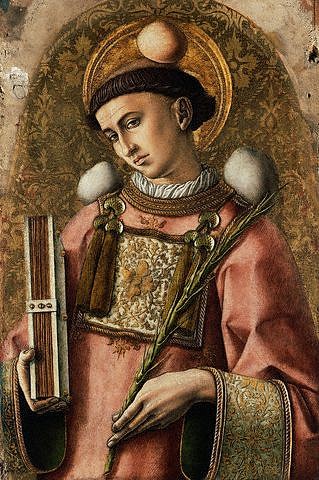
And then there are the masters who have brought this icon to life over the centuries. Giotto di Bondone, in his work preserved at the Horne Museum in Florence, renders the saint a figure full of humanity, a tempera on wood that places Stephen in a palpable aura of sanctity. Carlo Crivelli, whose painting resides in the National Gallery in London, offers a more aristocratic vision, studded with details that seem to extract sanctity from every filament of the canvas. Luca Signorelli, in a work kept in a private collection, focuses his talent on the martyrdom, presenting us with the raw and moving reality of the stoning. Lastly, Francesco Francia (Francesco Raibolini), whose painting is found in the Borghese Gallery in Rome, gives us a Saint Stephen who seems almost to revive in an oiled eternity, preserved in that moment of pictorial immortality.
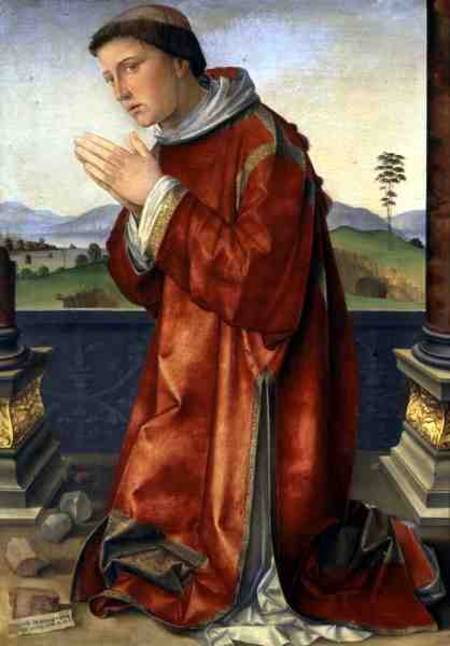
In all these masterpieces, Stephen’s face is not a photograph, but a collage of symbols and messages. The attributes are not details, but keys to understanding, tools to probe deeper into the soul of the subject and, in reflection, our own. They serve as a universal language that transcends time and space, connecting believers of every era in the common veneration of a man whose story is as ancient as it is eternally resonant.

